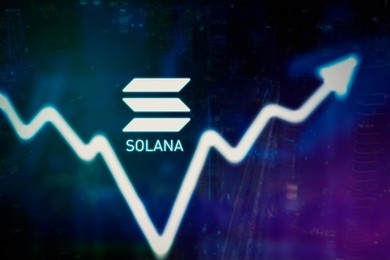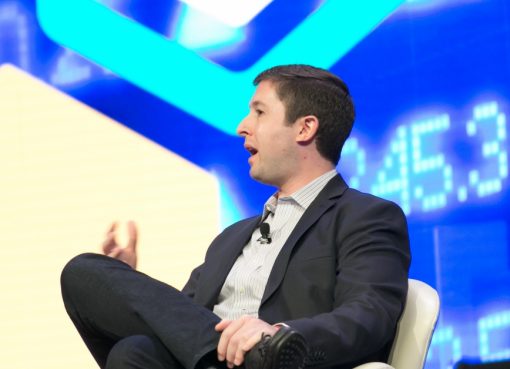This week in crypto regulation was marked by officials expressing contradictory views on how to approach digital assets.
The crypto regulation regime in any jurisdiction is an equilibrium among multiple institutional, group and personal interests of actors who have a sway over financial and monetary policies. These interests never perfectly align, frequently resulting in contradictory signals coming out of various power centers.
Speaking about systemic risks facing the world’s largest economy last week, the United States Federal Reserve chair said digital assets were not a financial stability concern. Two days later, the U.S. Financial Stability Oversight Council issued a report that concluded that stablecoins and decentralized finance could pose sizeable financial stability risks. The source of this discrepancy could lie in the fact that the Fed’s mandate is to maintain a robust economy, while the FSOC, which has roots in the Dodd-Frank reform, is explicitly tasked with spotting systemic risks. The shape of the hammer that each regulatory actor wields bears on how they see the digital asset nails, which holds true beyond the U.S. context.
Below is the concise version of the latest “Law Decoded” newsletter. For the full breakdown of policy developments over the last week, register for the full newsletter below.
From Russia with FUD
Recent reports from Russia have stirred crypto investors’ fears that the hard line on digital assets, championed by the nation’s central bank, could be prevailing in the crypto regulation debate that had been simmering for years. The Bank of Russia opened last week with an announcement that mutual funds will be banned from investing in cryptocurrencies and crypto derivatives. Next came a series of the central bank governors’ critical remarks on crypto, furnished with an implication that the idea of a blanket ban was not off the table. Anxious traders sought relief in the statements by the chair of the Financial Markets Committee of the Russian parliament, Anatoly Aksakov. At a press conference, Aksakov noted that the intransigent path was not the only one that the Russian authorities are considering. The alternative is a scenario where exchanges are regulated and mining is taxed.
U.S. partisan divide
Another forum where opposing opinions on digital asset-related matters clashed last week was the U.S. Senate Committee on Banking, Housing and Urban Affairs floor. A hearing on “Stablecoins: How do They Work, How Are They Used, and What Are Their Risks?” saw industry experts, academics and think tank analysts offer a range of viewpoints on dollar-pegged cryptos and their role in the financial system. Critics such as Senator Elizabeth Warren have continued telling their cautionary tales of stablecoin risks and dangers of the DeFi space. Meanwhile, allies such as Senator Pat Toomey highlighted aspects of the technology that promote financial inclusion and increased efficiency.
Updates from U.S. watchdogs
Interestingly, conflicting signals emanated even from the U.S. Securities and Exchange Commission last week. Commissioner Hester Peirce, widely known as Crypto Mom, publicly pushed back against SEC Chair Gary Gensler’s lack of focus on urgent digital asset-related matters. This internal row, however, changed little in the agency’s usual policy of delaying decisions on Bitcoin (BTC) exchange-traded funds (ETF). Two products sponsored by investment firms Bitwise and Grayscale were denied certainty for another few months. Finally, on the SEC, the regulator’s former head, Jay Clayton, came out of the woodwork to laud “cryptocurrency technology” and its efficiency advantages. Clayton is remembered for his reasonable stances on many crypto-related issues, although regulated Bitcoin ETFs remained out of reach during his tenure.




